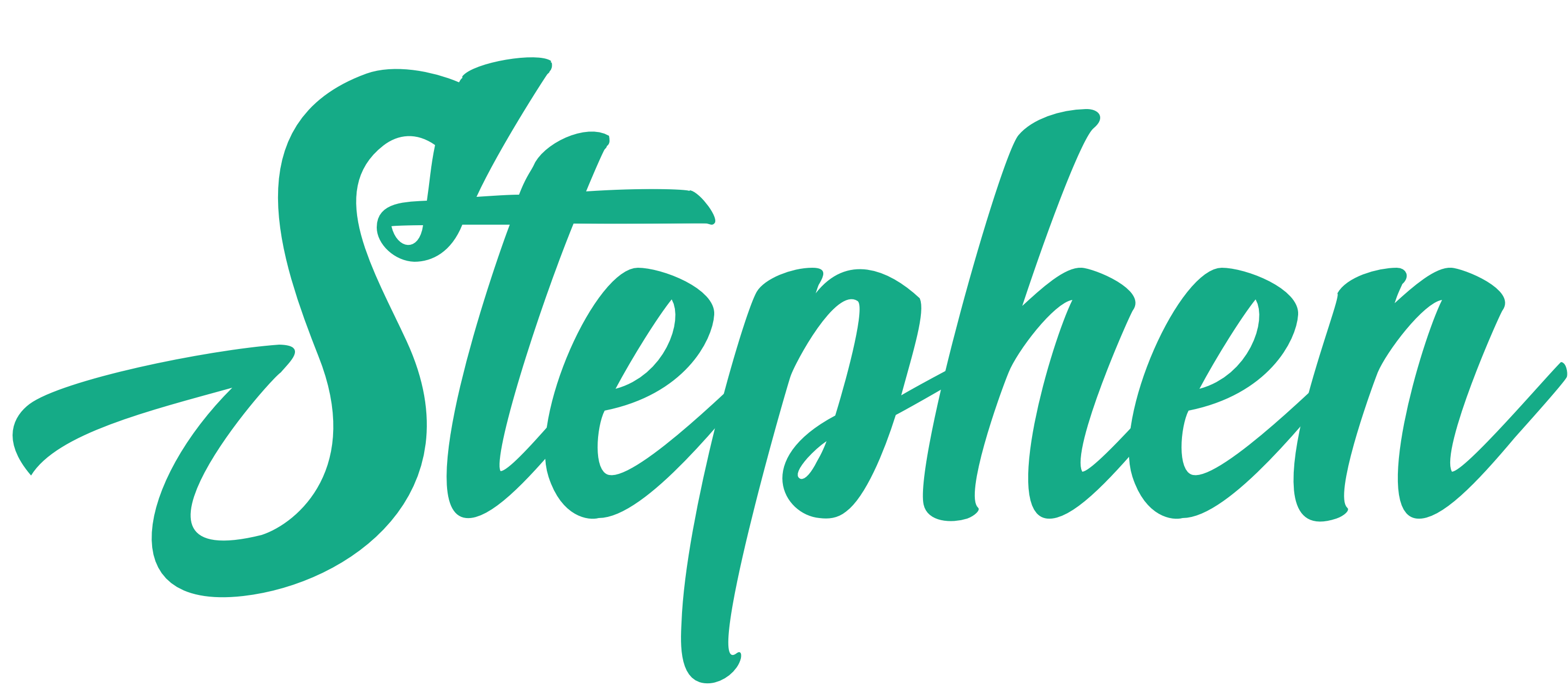“Unclear or incomplete requests, offers, and commitments are often the source of unintended breaches of trust.”
Charles Feltman
Ah, the human condition—a delightful cocktail of emotions, misunderstandings, and the occasional accidental betrayal. You see, life is like a game of charades, only instead of acting out “A Mime Stuck in an Invisible Box,” you’re trying to convey something more complex, like “I thought you were going to pick up the kids from school.”
Let’s say you’re at a dinner party. You offer to bring the wine, but you show up with a box of Franzia. Your host, who was expecting a vintage Cabernet, gives you a look that could curdle milk. You’ve just committed the social equivalent of wearing socks with sandals. An inadvertent breach of trust, all because you didn’t clarify what “wine” meant in this context.
Or perhaps you promise your partner a “special evening.” In your mind, this involves Netflix and a shared bag of Doritos. To them, it’s a candlelit dinner and a moonlit walk. The evening arrives, and you’re both dressed for entirely different occasions. You in your pajamas, them ready to walk the red carpet. It’s like a rom-com, but without the happy ending.
Okay, one more… let’s say you commit to helping your friend move. You’re thinking a couple of boxes, maybe a lamp or two. They’re thinking a grand piano, a pet elephant, and their collection of antique anvils. When you show up in flip-flops and a tank top, trust is not just breached—it’s shattered, swept up, and thrown into the dumpster of failed friendships.
We’ve all lived through versions of these same stories. So, how do we navigate this labyrinth of linguistic pitfalls?
In a word: clarity.
But achieving true clarity is like tuning a guitar—it’s not just about turning the pegs, it’s about carefully adjusting each string to hit the perfect note.
Imagine standing at the edge of a vast forest, the trees thick and the path unclear. This is the forest of communication, where each tree represents a potential misunderstanding, and the underbrush is thick with assumptions. Navigating this forest requires more than just good intentions; it requires a map, a compass, and a clear destination. In our interactions, this means not just saying what we think others want to hear, but ensuring that the message received is the message we intended to send.
Picture yourself at the edge of a vast forest, the foliage dense, the trail obscured. This isn’t just any woodland; it’s the Forest of Communication™, where each tree is a lurking misinterpretation, and the undergrowth is thick with unchecked assumptions. Navigating this forest requires more than just good intentions; it requires a map, a compass, and a clear destination. In our interactions, this means not just saying what we think others want to hear, but ensuring that the message received is the message we intended to send.
Take, for instance, the seemingly simple act of gift-giving. The gulf between a last-minute gas station bauble and a carefully selected, thoughtful present is vast. Both are offerings, yet one might strengthen a bond, while the other could unintentionally weaken it. In the same vein, when we communicate, the care and thought we put into our words can profoundly impact the outcome.
It beckons us to embrace mindfulness in our daily exchanges. Before speaking or acting, pause and consider: How might my words be interpreted? Am I leaving too much unsaid, relying on the other person to fill in the gaps? It’s about painting a complete picture, not leaving the canvas half empty for others to complete.
Let’s revisit our earlier tales, but this time, with a clarifying lens.
When offering to bring wine, why not be a tad more specific? “I thought I’d bring a bottle to dinner. Would a 2018 Cabernet tickle your fancy?”
Planning a cozy evening? Clarify the meaning of ‘cozy.’ “I envisaged an evening ensconced in blankets, binging on cinematic delights. What’s your potion for a night of relaxation?”
And when pledging to aid in a friend’s move, delve for specifics. “Just how Herculean is this move? Should I summon reinforcements or perhaps procure a forklift?”
These questions and clarifications don’t merely dodge awkward gaffes, they build trust. They signal that you’re not just present, but deeply invested—qualities that strengthen relationships.
Remember, my friends, clarity is the key that unlocks the door to trust. It’s not about over-explaining or stripping away the nuances of communication, but about ensuring that our messages are understood as we intend them to be.
And once that door to trust is open, you can walk through it with your head held high… but preferably without socks and sandals.





